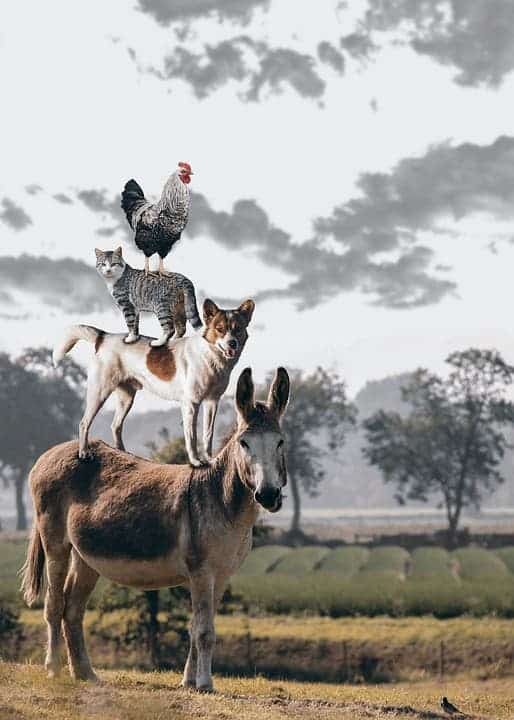Greater biodiversity supports greater agricultural output, a new study reports.

The study looks at data from roughly 1,500 agricultural fields across the world. From American corn crops to oilseed rape fields in southern Sweden, from coffee plantations in India to the mango groves of South Africa and cereal crops in the Alps, one factor always has a positive effect on the productivity and resilience of crops: biodiversity.
The more the merrier
“Our study shows that biodiversity is essential to ensure the provision of ecosystem services and to maintain a high and stable agricultural production,” explains Matteo Dainese, Ph.D., a biologist at Eurac Research and first author of the study.
“For example, a farmer can depend less on pesticides to get rid of harmful insects if natural biological controls are increased through higher agricultural biodiversity.”
The study focused on two ecosystem services (the natural processes that keep ecosystems running without the need for oversight or costs on our part): pollination services provided by wild insects, and biological pest control. In short, they looked at the natural processes that fertilize crops and those that keep ravenous insects at bay through predation.
Heterogeneous landscapes (those with greater biodiversity), the team reports, can support greater populations and varieties of wild pollinators and beneficial insects. This directly leads to greater biological control of pests and crop yields.
Monocultures, on the other hand, lead to simpler landscapes and adverse effects for crops: there are fewer pollinators, both in overall numbers and in the number of species. Monocultures, the team adds, are the cause of roughly one-third of the negative effects pollinators experience from landscape simplification. If human control of harmful insects is also present, the strain on pollinators is even higher (the team notes that the loss of ‘natural enemy richness’ can represent up to 50% of the total effect of landscape simplification on pollinators).
If you boil everything down, the findings basically say that greater farmland biodiversity leads to more productivity and greater crop resilience in the face of environmental stressors such as climate change. Given that we’re contending with a two-pronged issue — on the one hand, we’re disrupting natural patterns, which impairs agricultural productivity, while on the other we’re trying to produce more food to feed an ever-growing population — the team believes that fostering farmland productivity should be a key goal of the agricultural sector.
“Under future conditions with ongoing global change and more frequent extreme climate events, the value of farmland biodiversity ensuring resilience against environmental disturbances will become even more important,” underlines animal ecologist Ingolf Steffan-Dewenter from the Department of Animal Ecology and Tropical Biology at the University of Würzburg, the initiator of the study within the EU project ‘Liberation’.
“Our study provides strong empirical support for the potential benefits of new pathways to sustainable agriculture that aim to reconcile the protection of biodiversity and the production of food for increasing human populations.”
The researchers recommend that we work to protect environments for which health depends on diverse biological communities, and try to diversify crops and landscapes as much as possible to foster biodiversity in areas that lack it.
The paper has been published in the journal Science Advances.









